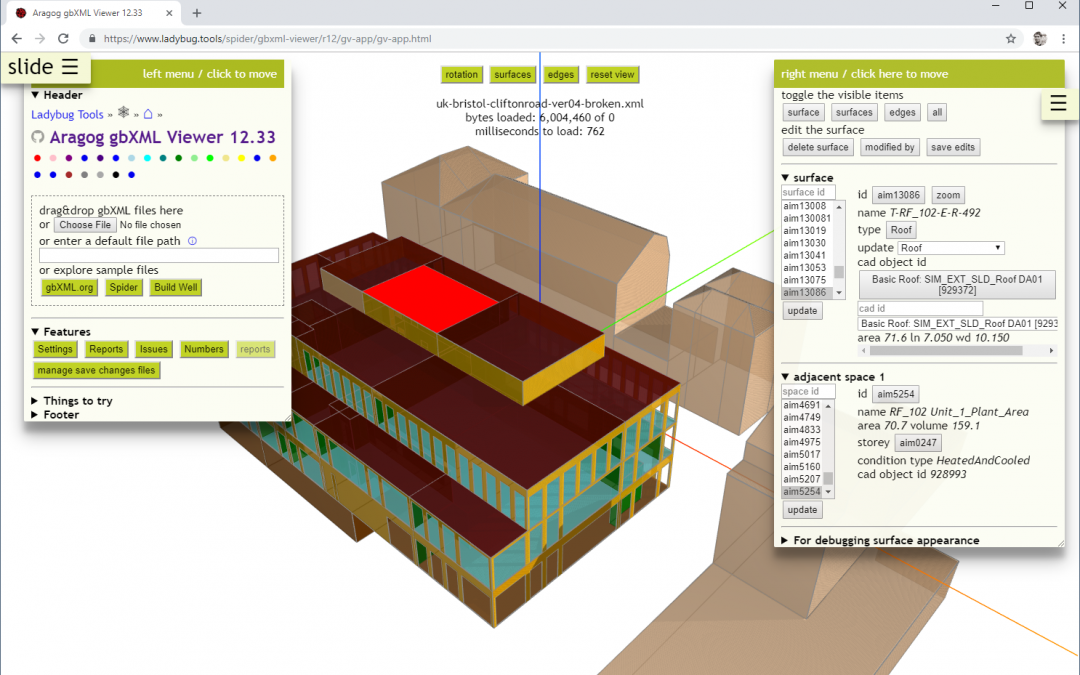Carmel Software is a member of the Board of Directors of gbXML.org which houses the Green Building XML open schema. This schema helps facilitate the transfer of building properties stored in 3D building information models (BIM) to engineering analysis tools, all in the name of designing more energy efficient buildings.

Here is a more layman’s explanation of what this all means:
Green Building XML (gbXML) is a schema or “language” that allows BIM (building information modeling) authoring software tools such as Autodesk Revit to communicate with building analysis tools such as Trane TRACE.
For example, a user is able to design a 3D virtual model of a building in Autodesk Revit. This model includes complete visual geometry of the building and information about the types of walls, windows, roofs, lighting and occupancy density. Since this information is required by building energy analysis software tools, it is redundant to re-enter all of it into a stand-alone energy analysis software tool when it is readily available from the 3D model. This is where gbXML helps: A software tool such as Autodesk Revit is able to “Save As” gbXML meaning that it is able to export all of its geometry and other building information into the gbXML language format. Taking this gbXML file, the user is now able to “import” this building information into software tools such as EnergyPlus or Trane Trace without manually re-entering all of this data by hand. The end result of all of this is that an energy modeler is better able to design more energy efficient buildings for purposes of, say, LEED certification.
In theory, the above workflow sounds seamless and attractive to anyone involved with modeling the energy usage of a building. In reality, the process is fraught with enough complications that energy modelers often forego this process in favor of more manual methods. These complications result from inconsistencies in how the various software tools integrate with gbXML.
Today, gbXML has the industry support of leading 3D BIM vendors such as Autodesk, Bentley, and Graphisoft. In addition, we have been funded in the past by the US Department of Energy and its various labs to further develop the gbXML schema and also better market it to industry stakeholders.
In the Fall of 2015, the National Renewable Energy Laboratory (NREL) agreed to fund Carmel Software to further improve the gbXML schema in the following ways:
1. Carmel will develop OpenStudio (NREL’s cross-platform
collection of software tools to support whole building energy modeling
using EnergyPlus) models which represent the buildings in the validation procedure test case developed in Phase I. These models will be generated programmatically using the OpenStudio Ruby Application Programming Interface (API) to reduce maintenance costs and to allow them to be leveraged for other purposes.
2. Carmel will improve the validation website, documentation, and tools required to apply the validation procedure. Carmel will publicize the validation procedure and encourage gbXML software vendors to apply it to their tools.
3. Carmel will apply the technologies developed for the validation procedure to a general use validation tool. This tool will be able to validate any generic gbXML file and, it will also include a web-based 3D model viewer.
This will be a 9 month project scheduled for completion in September 2016. We will be presenting results at the SimBuild 2016 Conference in Salt Lake City.

